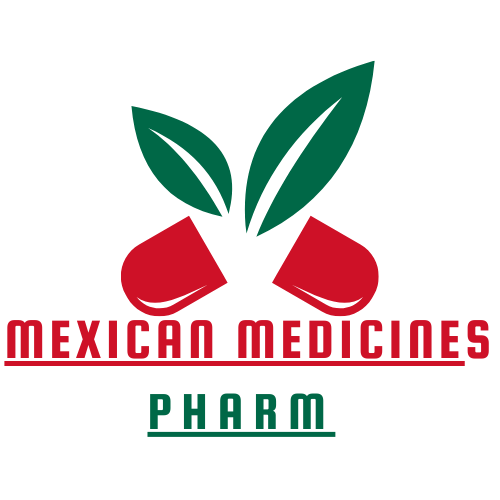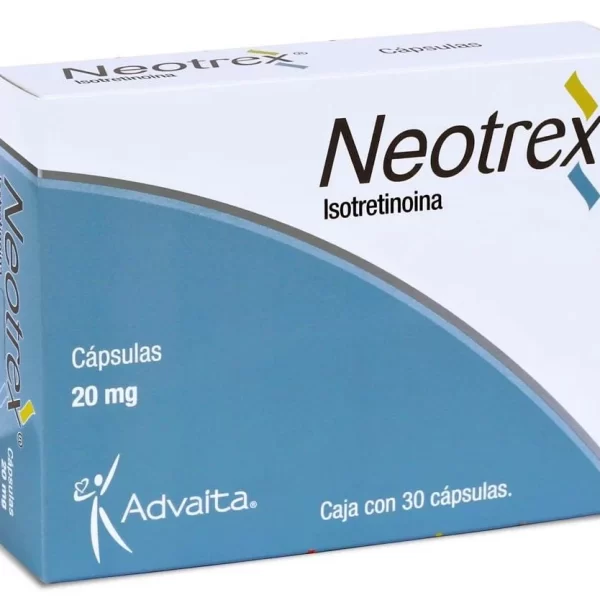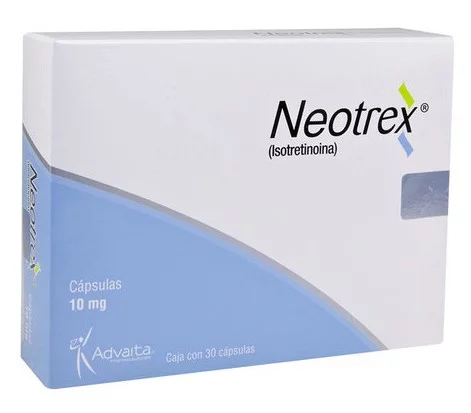Dermatological medications
Dermatoses are diseases that primarily impact the skin itself and are also known as skin disorders. However, they are also capable of affecting the sweat and sebaceous glands, as well as the hair and nails. The skin is sensitive to a variety of external stimuli, including infectious agents, temperature extremes, radiation, poisons, and medications.
The following are the most prevalent skin conditions:
- Atopic dermatitis or neurodermatitis
- Psoriasis
- Acne
- Horny inflammation
- Urticaria
- Shingles, herpes zoster
- Various skin tumors
- Mycoses - fungal infections
Types of dermatology medicines
Different dermatology drugs have various applications, including the following:
- External: gels, ointments, lotions, creams;
- Medications that are taken internally (pills, injections)
External drugs vary based on the basis from which they are created. The dosage form and qualities of the medicine taken by the patient are determined by the base.
Fatty bases (anhydrous bases), such as Vaseline, smooth down rough, cracked skin, making them the ideal treatment for extremely dry and flaky skin. The drawback is that they keep water and heat from escaping and produce a noticeable greasy shine.
Liquid bases, such as water or alcohol, are cooling and soothing. Alcohol has a disinfecting function as well. They facilitate the distribution of the active substance across a vast area of skin and do not adhere to the hair. However, if used frequently, such creams can cause skin dryness.
The solid bases include things like talcum powder, flour, and zinc oxide. These types of products are effective at soaking up liquids like perspiration and other secretions. Because of the drying effects that they have, they are not appropriate for extremely dry skin.
Most popular and effectively dermatological medications
Emulsions are the most prevalent type of dermatological medication. Emulsions contain a lot of water. As a result, they have a low fat content while giving a lot of moisture to the dermis.
In addition, because it contains a high percentage of water, it has a cooling effect that helps reduce itching. Emulsions are simple to use, immediately absorbent, and do not leave a film of greasiness behind. Emulsions, on the other hand, are characterized by a large percentage of fat or oil. They carry a lot of grease on the skin.
In order to give individualized dermatological therapy, the doctor prescribes not only over-the-counter pharmaceuticals as external agents, but also individually selected for the patient dosage forms (creams, lotions, etc.) that are accessible in the pharmacy. This allows the doctor to treat each patient in a manner that is tailored to their specific needs. A patient might be given a basic medication (such a basic lotion, basic cream, or basic ointment), depending on their condition. By definition, basal preparations do not include any active pharmaceutical ingredients.
Active ingredients in skin preparations
The most important groups of active ingredients used externally in dermatology are:
-
Anti-inflammatory drugs to treat mild inflammation.
Cortisone suppresses all inflammation in the skin. There are many cortisone preparations that vary in their activity.
The higher the activity, the more likely the treated skin will show side effects: dilated capillaries, acne, permanent thinning of the skin or increased hair growth.
When used on a long-term or large scale, highly effective medications also lead to the common side effects typical of cortisone administration. Despite these disadvantages, in some cases, Cortisone is an irreplaceable active ingredient that cannot be replaced by any other medication.
-
Immunosuppressants, such as Tacrolimus, have only recently begun to be used in dermatology. Like Cortisone, they interfere with the immune system and suppress inflammation, but without side effects.
-
Antibiotics are used to treat bacterial infections, such as erythromycin to treat common acne.
-
Antifungal agents to treat fungal infections, such as Amorolfine in nail polish for toenail fungus.
-
Antiviral drugs are used to treat viral infections, such as Acyclovir for herpes.
-
Antihistamines prevent the action of histamine in allergies and thus soothe itching.
-
Local anesthetics have a local anesthetic effect. They are mainly used to relieve pain during medical interventions, such as skin biopsies.
-
Keratolytics serve to remove calluses or scales, such as salicylic acid for calluses.
Systemic medication treatment may be necessary for certain skin disorders. When this occurs, it is necessary to consume the drug orally. This is especially important in cases when there are considerable changes to the skin or when the disease is in its severest stage.
In addition, drugs for dermatology must be taken orally if the active ingredient in the drug is unable to pass through the skin's protective barrier because of the chemical and physical features it possesses.
Acne Treatment
Numerous treatments for acne, including ointments, creams, gels, tinctures, and cleansing lotions, can be purchased at supermarkets, drugstores, and other retail outlets. Cleansers and other skin care products (lotion, toner, and cream) that are antibacterial and antiseptic can be helpful in treating acne in its milder forms. However, they do not have enough of an effect when the condition is severe.
As a result, it is highly recommended to seek treatment for acne from a dermatologist if the zits do not disappear after a significant amount of time and the complexion is consistently degrading.
Antibiotic ointments and acne creams, such as erythromycin and clindamycin, are commonly recommended by dermatologists as a topical treatment for acne that is mild to moderate in severity. These decrease the amount of bacteria that are found on the skin.
Skin-renewing peels also help to treat acne locally. They are mostly made from natural fruit acids. Salicylic acid or vitamin A acid is also used for acne.
Peels are applied to the affected areas of the skin and left on for a certain amount of time. They help exfoliate the top layers of the skin and prevent the dermis from keratinizing. The skin looks fresher and the number of black dots decreases.
It is important to apply a lot of cream to the skin after using an acne peel (such as a peel with fruit acids). Usually, acne treatment with peels is carried out in a course – six to eight applications are made within four weeks. More frequent use is not recommended, as there can be adverse effects such as inflammation, pain, etc.
Common dermatology medications
Gels and ointments are the types of treatments that are most frequently used for the treatment of dermatological illnesses. The nature of the issue being treated and the type of skin being examined both factor into the selection of the active component.
Oral antihistamines are another therapy option for allergic skin disorders and urticaria, and they can be used in conjunction with topical antihistamines.
The following active ingredients are preferred: Cetirizine, Desloratadine, Levocetirizine, and Loratadine, which do not cause fatigue or cause it only slightly.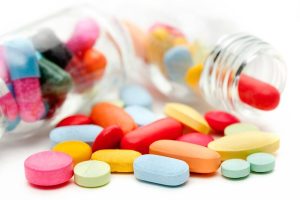
Most prescribed dermatology medications
The following skin medications are often prescribed for skin conditions: Fenistil Gel, Canesten Extra Cream, Ebenol 0.5% Cream, LINOLA Oily Cream, Soventol Hydrocort 0.5% Cream, Soventol Gel, Lorano Tablets, Linola 0.5% Cream.
Where can one easily and affordably purchase dermatological preparations?
Dermatological disorders not only inflict physical agony, but they also bring psychological distress on a daily basis because they occur across the entire surface of the skin, including the face. This makes dealing with these conditions extremely difficult. Psoriasis, dermatitis, vitiligo, acne, and other skin conditions fall within this category. Dermatological preparations can be given for internal use in the form of pills, as well as for external use in the form of ointments, creams, and antiseptics by your attending physician. We provide cutting-edge medications for the treatment of dermatological conditions. These medications have demonstrated a high level of effectiveness even in the most advanced stages of disease. Types of dermatological preparations For each category of sickness, the following medications were chosen:- Hormones - a particularly effective group of drugs that can be used both independently and in combination with other medicines. With the help of hormones, such serious diseases as dermatitis, psoriasis, eczema, etc. are treated.
- Topical retinoids - preparations based on vitamin A. They have been shown to be effective in the complex treatment of acne and cystic acne;
- Antibiotics - used for bacterial etiology;
- Antiseptics;
- Antifungal agents.
Affordable and efficient dermatological treatments are available at Relief Meds Store, an online mexican pharmacy.
If you have dermatological disorders that cause you concern on a regular basis or they have already been a part of your life, then a certain portion of your money (and probably not a tiny one) is going toward the purchase of pricey medications. We hope to be able to provide medications that are 30–70% less expensive. You will be able to escape the terrible financial constraints of your budget as a result of this. Everyone who occasionally or continually suffers from any condition should have their very personal pharmacy, where they may get reasonably priced medications and consult with professionals when necessary. Our goal is to develop a pharmacy that is easy to use, so that customers can place orders for their medications at any time of the day and have them delivered to their homes. You are provided with comprehensive information regarding each medication offered at the Relief Meds shop by the online Mexican pharmacy. This enables you to select the most appropriate treatment for your needs. We also promise absolute discretion, which means that neither your work nor your health insurance provider will be informed about any medicine purchases you make. We will never share or sell any of your personal information or information on your financial activities. Our pharmacy only sells medicines that are of the highest quality and are guaranteed to work properly. We stock both brand-name and generic medications, giving you the flexibility to select the option that best fits within your financial constraints. Numerous dosage forms of medications such as Accutane, Neotrex, and Isotretinoin, as well as Pirfenidone Kitoscell LP, can be found in our pharmacy. These medications have a high rate of success and are prescribed to treat significant conditions such cystic acne, fibrosis of the liver, and fibrosis of the lungs. Relief Meds Store, your friendly neighborhood Mexican pharmacy online, hopes you stay healthy and happy.
Make your Skin Healthy and Glowing
The majority of individuals living in this day and age, particularly women, have a strong desire to have skin that is beautiful, healthy, and radiant. It is true that the majority of people strive to achieve their ideal of having beautiful and healthy skin. There are some individuals who were born with radiant and healthy skin, while others have to make use of a variety of skin care products in order to acquire healthy and radiant skin. There are a lot of different things that might contribute to skin disorders. Getting older, being stressed out, and being exposed to pollution are all frequent causes that can contribute to skin disorders. People who struggle with skin conditions often experience a decline in their self-esteem as a direct result of their skin conditions. You will be relieved to know that there are a number of methods by which you can put off the visible signs of aging and other skin concerns. You do not have an excessive amount of cause for concern because you can now have access to the most effective treatments for your skin issues. It is possible to achieve skin that is healthy and radiant. In addition to using skin care products, you can also utilize skin care medications to get rid of skin problems such as skin discolouration, acne, and a variety of other skin conditions.Cheap yet Effective Skin Care Products for Different Skin Types
With the assistance of Relief Meds Store, your search for the greatest skin care products that are also safe and effective has finally come to an end. The Relief Meds Store carries a wide variety of skin care items that can assist you in achieving radiant and healthy skin. People need to be aware that not all high-priced skin care products have been shown to be helpful. There are many various types of skin, and there are many different types of skin products that encourage safe and effective skin care. This online pharmacy has a selection of skin care items at low prices for customers to choose from.Effectiveness of Skin Care Products
Maintaining a skin care program on a consistent basis, which includes utilizing skin care products to protect your skin from any free radicals that could cause significant harm to it, is the first step toward achieving healthy and bright skin. You have to be aware of the fact that proper skin care must be practiced not only on the face in order to preserve the radiant health of its skin, but also on the rest of the body.Why Choose Relief Meds Store?
You can take the first step toward achieving the radiant and perfect skin you've always dreamed of by selecting the online pharmaceutical store that is both the greatest and the most reliable. The Relief Meds Store is a well-known online pharmacy that provides high-quality skin care items as well as drugs that are known to be risk-free. Products designed to care for the skin are among the most significant medications for maintaining its health.Excellent Shipment Services
Relief Meds Store recognizes the significance of skin care products. Aside from ensuring the efficacy and safety of their products, online pharmacies strive to deliver pharmaceuticals and skin care items to their customers on time. Along with all of the company's employees, online store customers may expect not only effective products but also outstanding shipment services. The online pharmaceutical store guarantees all customers that they will be completely delighted with the products and services provided by Relief Meds Store.Order Skin Care Products and Make your Skin Healthy
Your skin may be radiant and healthy with the help of Relief Meds Store, which is the best partner you could ask for. The goal of the online pharmacy is to serve you and offer assistance on how to keep your skin in a desired condition as well as improve its overall appearance. Be prompt and place your orders as soon as possible.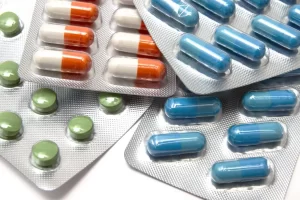 In the event you’re not interested in dermatology medications, we also have other relief meds such as: anticonvulsant drugs, other drugs, muscle relaxers pills, pain medicines, sleeping disorders pills, weight loss pills and anxiety medications.
In the event you’re not interested in dermatology medications, we also have other relief meds such as: anticonvulsant drugs, other drugs, muscle relaxers pills, pain medicines, sleeping disorders pills, weight loss pills and anxiety medications. 